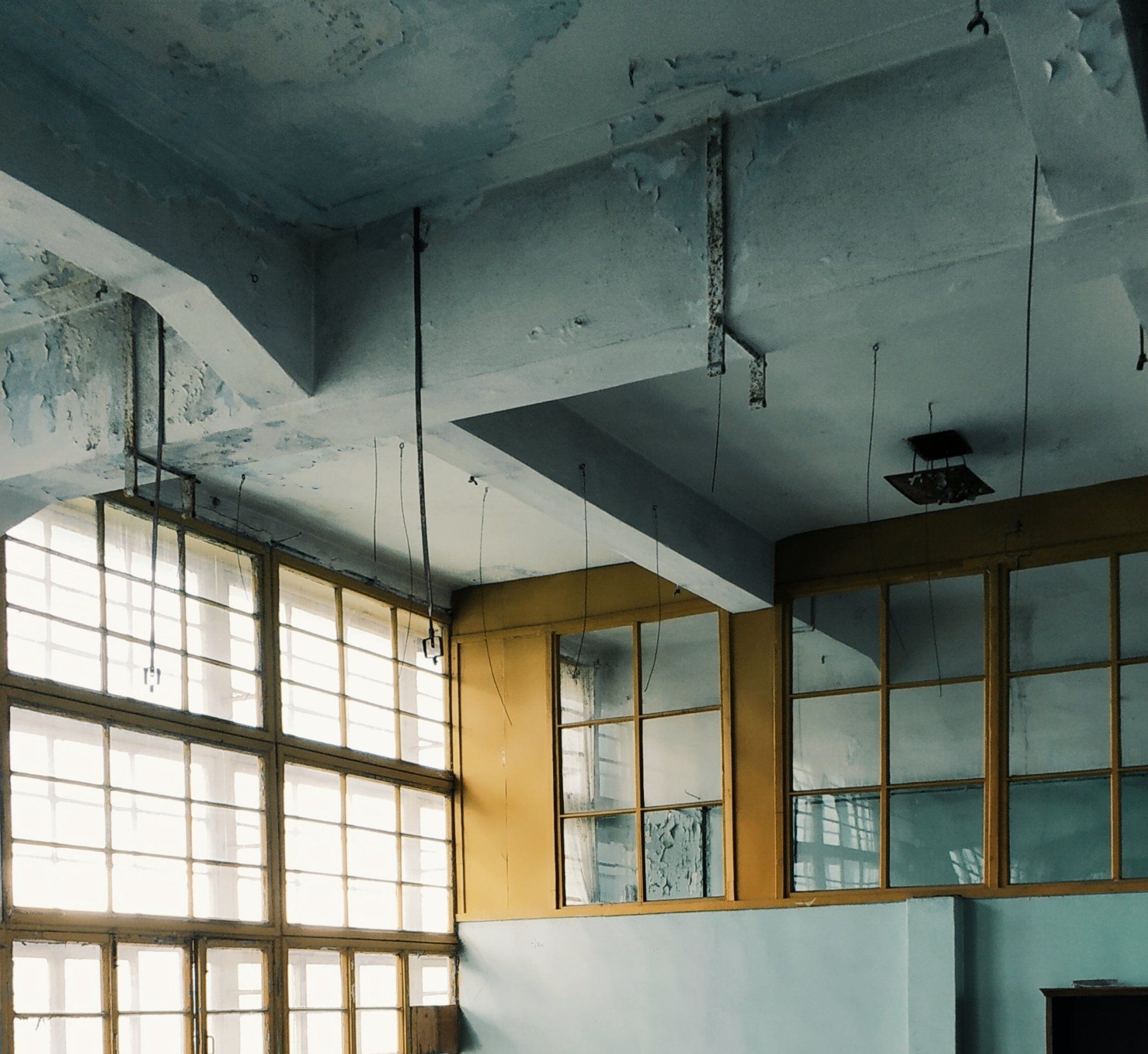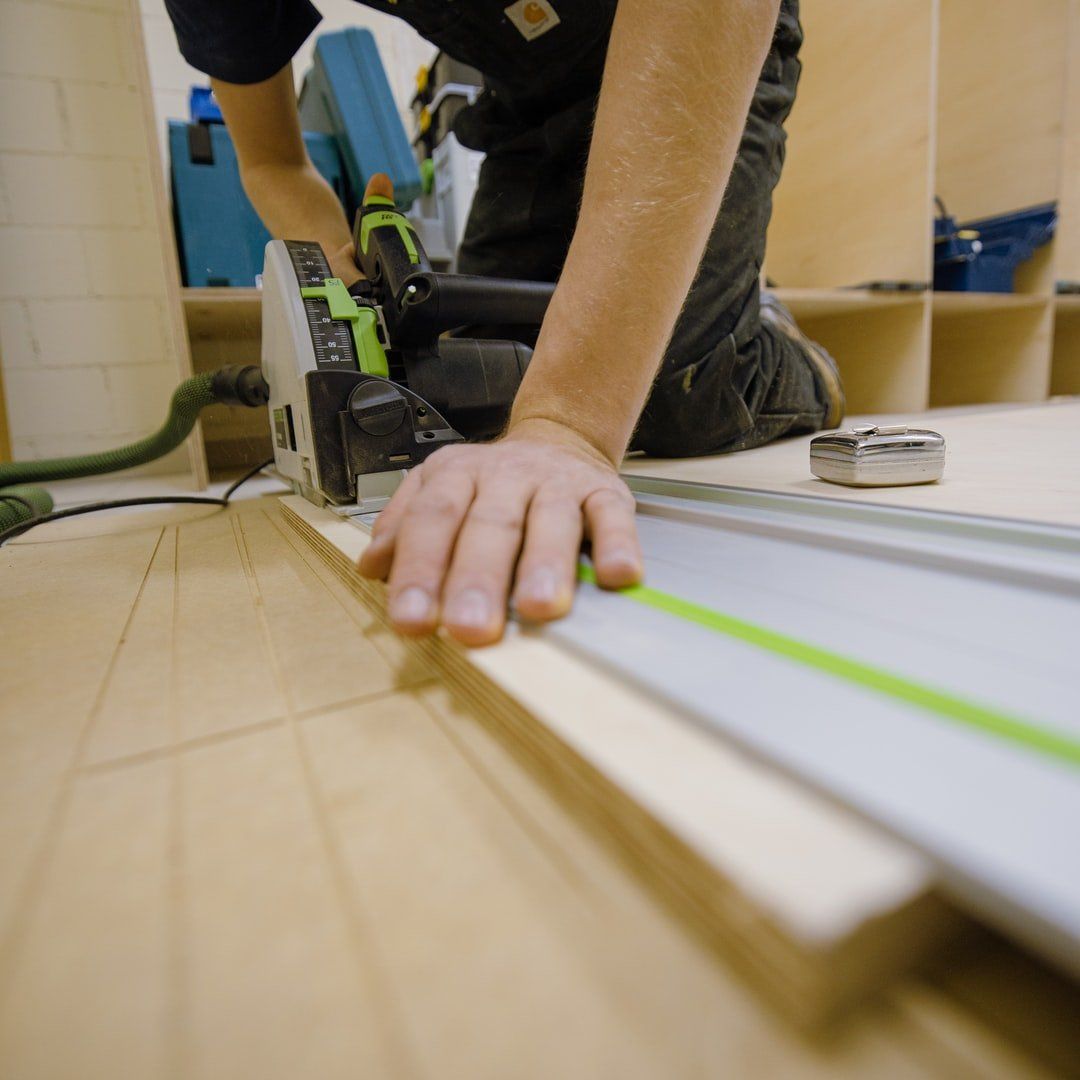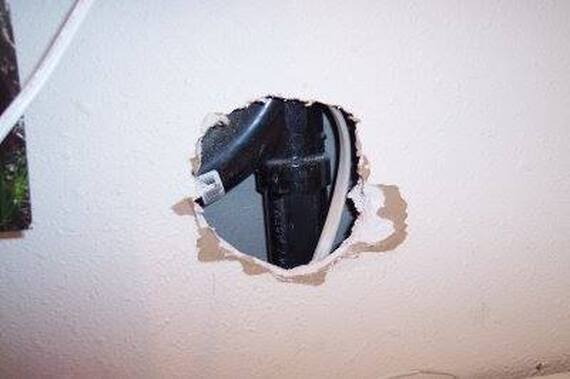Comprehensive Solutions for Fixing a Leak in Ceiling: A Step-by-Step Guide
Master the Art of Ceiling Leak Repair: A Complete Guide to Fixing Water Leaks and Understanding Repair Costs
A leak in the ceiling is not just a household nuisance; it's a problem that requires immediate attention to prevent further damage and costly repairs. This extended guide provides an in-depth look into fixing a leak in the ceiling, including detailed steps, cost considerations, and preventive strategies to ensure your home remains safe and dry.

Identifying the Leak
The first step in tackling a leak in your ceiling is identifying its source. This could be due to various reasons like damaged roofing, compromised plumbing, or even excessive condensation. Look for discolored patches, mold growth, or peeling paint as indicators of a potential leak.
Immediate Response to a Leak
Upon discovering a leak, it’s crucial to act swiftly to minimize damage. Place containers to catch dripping water and move furniture or valuables out of harm’s way. Turning off the main water supply can be a prudent step if the leak is severe.
DIY Repair for Minor Leaks
For small leaks in ceiling,, a DIY approach can be effective. Ensure the area is completely dry before you begin. For minor cracks or holes, apply a quality sealant or patching compound. This can be an affordable and immediate fix for minor issues.
Seeking Professional Help
More severe leaks, especially those related to structural issues or complex plumbing, require professional intervention. Professionals can offer a thorough assessment, identify the root cause, and provide a durable solution. Their expertise is crucial in ensuring the leak is fixed correctly and doesn’t recur.
Understanding the Cost to Repair Leak in Ceiling
The cost to repair a leak in the ceiling can vary significantly based on the leak's severity, the repair complexity, and the materials required. Minor repairs might cost a few hundred dollars, while extensive damage involving structural repair can run into thousands. It's wise to get multiple quotes from professionals to understand the potential costs involved.
Preventive Measures
Regular maintenance is key to preventing future leaks. Inspect your roof and plumbing systems periodically for any signs of wear and tear. Ensure good attic ventilation and insulation to reduce condensation risks. Keeping gutters and downspouts clear is also essential to prevent water accumulation.
Long-Term Solutions
In some cases, fixing a leak in the ceiling might involve more than just patching up a hole. It could require replacing damaged roofing materials, fixing broken pipes, or improving home insulation. Investing in these long-term solutions can prevent recurring leaks and save money in the long run.
Insurance Considerations
If you have homeowners’ insurance, check your policy to see if it covers the cost to repair leak in ceiling. Some policies might cover damages caused by specific types of leaks, like those resulting from sudden accidents or natural disasters.
Dealing with Mold and Mildew
A leak in the ceiling can lead to mold and mildew growth, which poses health risks. After fixing the leak, it's important to address any mold issues. This might involve cleaning with mold-killing solutions or replacing affected materials.
Conclusion
Dealing with a leak in the ceiling requires a comprehensive approach that includes prompt detection, effective repair, cost consideration, and preventive measures. Whether opting for a DIY fix leak in ceiling or fix water leak in ceiling. Also seeking professional help, understanding the nuances of ceiling leak repair is crucial for maintaining a safe and dry home. Remember, investing in regular maintenance and long-term solutions can save significant costs and hassles in the future.
In summary, a leak in the ceiling, while challenging, can be effectively managed with the right knowledge and approach. This guide equips homeowners with the necessary information to tackle ceiling leaks, from initial detection to understanding the complexities of repair and prevention. With this knowledge, maintaining a leak-free and secure home environment becomes a more achievable task.



